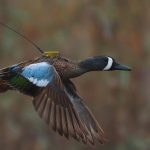← Back
5 key figures for World Penguins’ Day
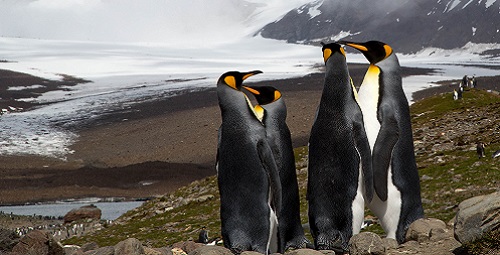
On April 25th, 2020, we celebrate World Penguin Day. There are 18 species of penguins worldwide, living almost exclusively in the Southern Hemisphere. From the noble Emperor penguin to the smaller, Little penguins, these aquatic birds are extremely endearing and inspiring creatures. Argos satellite tracking has made it possible to study penguins not only in their remote and inhospitable (in some cases) home colonies but also during their foraging journeys and migration.
Since the early 1990s, more than 2,500 penguins have been tracked using the Argos system by the following organizations: University of Washington’s Center for Ecosystem Sentinels (USA), France’s CEBC-CNRS, Australia’s Phillip Island Nature Parks, CCAMLR (an international organization), Holtzman Wildlife Foundation’s Polar Oceans Research Group and the Antarctic Research Trust (an international organization). Many other organizations also track penguins using Argos and are doing extremely important work to protect the species.
Threatened with extinction
According to BirdLife International, 10 of the world’s 18 penguin species were threatened with extinction in 2016. Argos satellite tracking has proven to be an important tool to help scientists and governments define Marine Protected Areas to protect penguin nesting areas, and once protected areas have been defined, to help scientists continue to monitor many aspects of penguin life.
5 key figures concerning penguins
Did you know that more than 2,500 individuals have been tracked with Argos since 1993? Among them, there are no less than 12 different species of penguins: the Galapagos penguin, the gentoo penguin, the chinstrap penguin, the yellow-eyed penguin, the Magellanic penguin, the Adelie penguin, the emperor penguin, the king penguin, the macaroni rockhopper, the northern rockhopper, the eastern rockhopper or the little penguin.
1,250 km is the longest round trip made by a Magellanic penguin for food. This record was recorded by the Centre for Ecosystem Sentinels.
The longest time at sea was recorded by Phillip Island Nature Parks, located in Australia. This record was achieved by a little penguin, and it is about 49 days at sea!
The CNRS, French National Centre for Scientific Research, measured the record for total distance travelled. This is 12,259 km that a young king penguin has travelled in just 10 months.
There are 5 regions in the world that are particularly popular for studying penguins: Australia, Philip Island, Punta Tombo reserve in Argentina, Crozet and Kerguelen Islands in the southern Indian Ocean, and Antarctic Peninsula, the northernmost region of the Antarctic continent, outside the Arctic Circle.
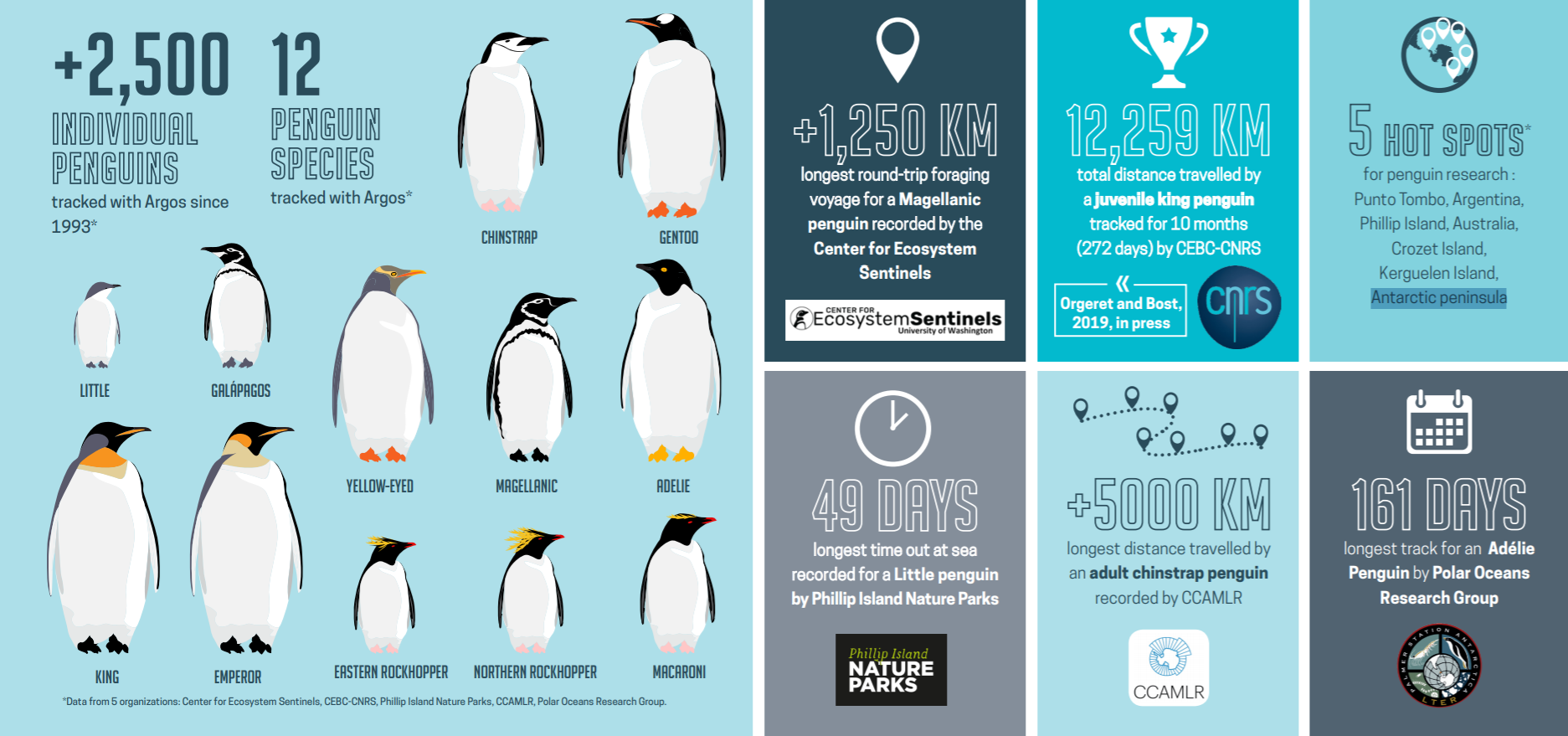
Some articles to read on the occasion of World Penguin Day
On the occasion of World Penguin Day, we propose a selection of short articles highlighting the work of some prominent organizations that work with Argos satellite technology to monitor and protect these noble birds.
New Zealand’s Marathon Penguins
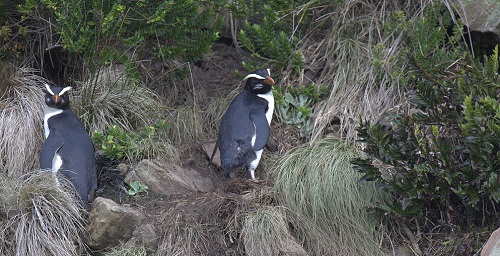
From Wikimedia. Fiordland Penguin. Courtesy of travelwayoflife
New Zealand is home to more penguin species than any other country in the world. The Tawaki penguin, also known as the Fiorland penguin (Eudyptes pachyrhynchus), is one such species that breeds on the New Zealand mainland. With an estimated population size of merely 5,500–7,000 mature birds, Tawaki are very rare, and are classified under the IUCN Red List criteria as ‘Vulnerable.’
Chinstrap penguins are spreading a long way around Antarctica
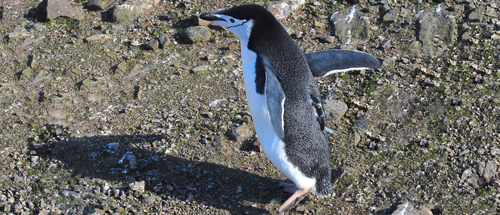
A chinstrap penguin (credit NOAA)
Chinstrap penguins live around Antarctica. To understand better the precise reasons why their population is slowly declining, researchers from the Antarctic Ecosystem Research Division of NOAA fitted some of them from three different breeding grounds with Argos PTT, to track them during the Austral Winter, comparing the tracks with environmental data.
Establishing a marine reserve for Magellanic penguins
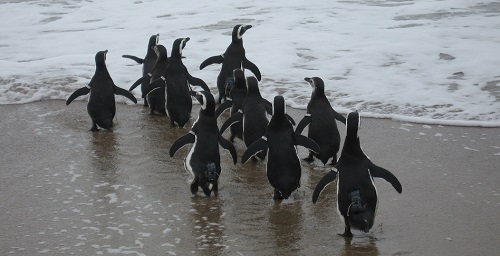
Copyright Dee Boersma
From 1996 – 2018, the Center for Ecosystem Sentinels tracked 459 penguins from Punta Tombo, Argentina, using the Argos system, shedding new light on home range, foraging patterns, and how climate change influences these animals. Their work made it possible to define a marine reserve to protect Magellanic penguins when they have small chicks.
Understanding penguin populations on the Antarctic peninsula
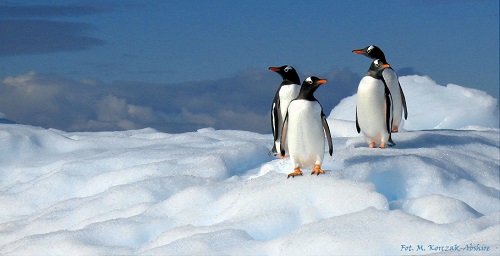
© Malgorzata Korczak Abshire
In a project funded by CCAMLR Ecosystem Monitoring Programme, scientists have attached 150 Argos satellite tags to adults and recently fledged penguin chicks from 9 colonies on the Antarctic peninsula. The project makes it possible to identify important winter habitats and to quantify the overlap between these penguins, all of which feed on Antarctic krill, and the krill fishery in the Antarctic Peninsula during the winter.
Protecting little penguins with Phillip Island Nature Parks
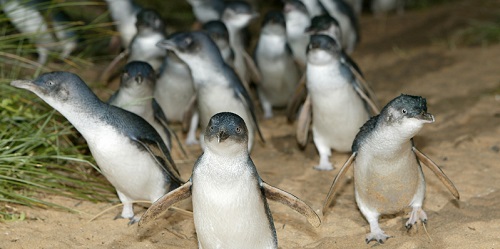
Copyright Philipp Island Nature Parks.
Phillip Island Nature Parks is part of the UNESCO Western Port Biosphere Reserve and includes wildlife sanctuaries, wetlands, woodlands and coastal scenery. The research team at Phillip Island Nature Parks has used the Argos satellite system to track more than 600 little penguins since 2005, to learn about this native species to the island and contribute to its protection.
Shedding new light on South American penguins home range
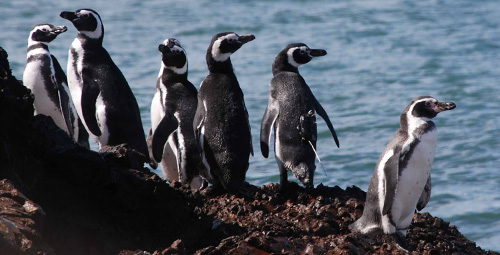
Credits Antarctic Research Trust
Humboldt and Magellanic penguins live in the southern tip of South America. On the Pacific coast, they benefit from the high productivity of the Humboldt Current but are also threatened by artisanal fisheries. They are thus considered as either vulnerable or near threatened, and conservation measures should be taken. Argos tracking data collected by the Antarctic Research Trust could help establish a Marine Protected Area to protect them.
King penguins: Long-distance champion
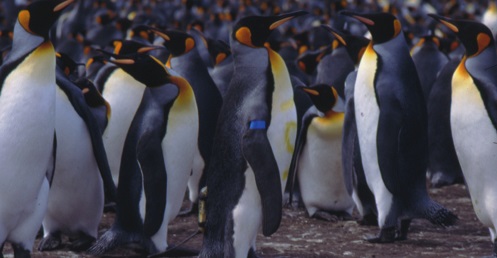
Charles-André Bost. CEBC-CNRS
The research team at Centre d’Etudes Biologiques de Chizé (CEBC-CNRS) has been using the Argos system since the 1990s to study penguins on Crozet and Kerguelen Islands. One of the scientists, Charles-André Bost, began using the Argos system in 1994 to learn more about the foraging strategies of diving birds and study the behavioral response of marine predators to climate change. In honor of World Penguin Day, he shared a few fun facts about his work with Argos over the years.

